Food aggression in dogs can be a worrisome issue, but it’s not an unsolvable one. If your dog growls, snaps, or guards their food bowl like it’s a treasure chest, you’re not alone. It’s a common behavior rooted in instinct, but with the right techniques and a little patience, you can help your pup feel safe and calm during mealtimes.
In this post, we’ll dive into what food aggression is, what causes it, and—most importantly—how you can prevent and manage it effectively. Whether you’re raising a puppy or working with an older dog, these tips can help ensure peaceful mealtimes for everyone in your household.
What is Food Aggression in Dogs?
Food aggression is a form of resource guarding where a dog becomes protective over their food. It can range from mild behaviors like stiffening or growling to more severe actions like lunging or biting. While it may seem like “bad behavior,” it’s often a natural instinct rooted in survival.
In the wild, food is scarce, so animals protect their meals to ensure they get enough to survive. While your dog probably doesn’t have to hunt for their dinner, this ingrained behavior can still surface, especially if they feel insecure or threatened.
Signs of Food Aggression
Before diving into prevention strategies, it’s essential to recognize the signs of food aggression. These may include:
- Growling or snarling when someone approaches their food.
- Stiff body posture while eating.
- Snapping or lunging if someone gets too close.
- Eating quickly as if they fear their food will be taken away.
- Guarding behaviors, such as standing over the food bowl and refusing to move.
Understanding these signals can help you address the issue early and prevent it from escalating.

Why Does Food Aggression Happen?
Food aggression can be triggered by a variety of factors, including:
- Fear of losing food: This is common in dogs who’ve experienced food insecurity, such as strays or rescue dogs.
- Competition: In multi-dog households, dogs may feel the need to guard their food from others.
- Territorial instincts: Some dogs are naturally more protective of their belongings, including food.
- Learned behavior: If a dog has had food taken away in the past, they may develop guarding tendencies.
Here’s an interesting little side-story. Several years ago, we had three dogs at the same time- Tasha, Maia, and Cooper. Out of the three, you would have thought that Cooper would have had food aggression issues since he spent the first 6 months of his life in a tiny cage with ten other puppies, never getting enough to eat. While he definitely had food insecurity issues, he was never aggressive about it.
Maia, on the other hand, never knew a single moment of hunger. Yet when it came to food, she was a total “resource guarder.” She wasn’t exactly aggressive about it either, but she would gather up Tasha and Cooper’s bowls the moment they looked away and hoard them next to her. So, food aggression (or its milder cousin, resource guarding) doesn’t always follow an expected pattern.
How to Prevent Food Aggression in Dogs
Preventing food aggression is all about creating a safe, positive environment where your dog feels secure. Here are some proven strategies:
1. Start Early with Puppies
If you’re raising a puppy, this is the perfect time to prevent food aggression before it starts. Handle their food bowl gently, add treats while they’re eating, and encourage positive associations with people being near their food.
- Practice hand-feeding: Occasionally feed your puppy by hand to show them that you’re a source of food, not a threat to it.
- Introduce gentle interruptions: While your puppy is eating, calmly approach and add a high-value treat (like a piece of chicken) to their bowl. This teaches them that people approaching their food is a good thing.
I can tell you from experience that this method works very well. We made it a habit to put our hands in our dogs’ food while they were eating, just to get them used to it. We’ve done this with every dog, all the way back to the German Shepherd that I grew up with. Jake was so mellow about food that as a toddler I could stick my hand right into his mouth and take it out, and he wouldn’t so much as blink funny. Why I felt the need to do that, I have no idea. I was 2, so it probably just seemed like a good idea at the time. 😀
2. Establish a Calm Feeding Routine
Dogs thrive on routine, so a consistent feeding schedule can help reduce anxiety around meals. Follow these tips:
- Feed your dog in a quiet, low-traffic area to minimize distractions and stress.
- Use a designated feeding spot to create predictability.
- Avoid hovering over your dog while they eat, as this can make them feel nervous or defensive.
3. Teach Basic Commands
Training your dog to follow basic commands like “sit,” “stay,” and “leave it” can give you more control during mealtimes. For example, teaching “leave it” allows you to safely interrupt guarding behaviors without escalating the situation.
4. Use Positive Reinforcement
Reward-based training is one of the most effective ways to modify a dog’s behavior. During mealtimes, use positive reinforcement to help your dog associate calm behavior with rewards:
- Reward good behavior: Praise and offer a treat when your dog stays relaxed while eating.
- Gradually desensitize: If your dog shows mild guarding behavior, start by standing a few feet away from their bowl during meals. Over time, slowly move closer while rewarding their calm demeanor.
5. Separate Feeding Areas in Multi-Dog Homes
If you have multiple dogs, feeding them in separate areas can help prevent competition and reduce the likelihood of food aggression. Each dog should have their own bowl and a designated space where they feel safe eating.
- Use baby gates, crates, or different rooms if necessary.
- Remove food bowls once the dogs have finished eating to avoid post-meal guarding.
- Give each dog their own smart feeder (preferably an RFID feeder keyed to each dog)
6. Avoid Punishment
It’s crucial to avoid punishment when addressing food aggression. Scolding or physically removing the food can worsen the problem by reinforcing your dog’s fear of losing their meal. Instead, focus on building trust through positive interactions.
7. Work with a Professional if Needed
If your dog’s food aggression is severe or doesn’t improve with basic training, consider working with a professional dog trainer or animal behaviorist. They can provide a tailored plan to address the issue safely and effectively.

How to Manage Food Aggression in Older Dogs
If your dog already exhibits food aggression, don’t worry—it’s never too late to make progress. The same strategies for prevention can also help manage the behavior, but you’ll need to go slow and be patient.
- Start at a distance: If your dog reacts when you’re near their food, begin by sitting several feet away and gradually decrease the distance over time.
- Offer high-value rewards: Use treats that your dog finds irresistible to reward them for staying calm when you’re near their food bowl.
- Create a safe space: Ensure your dog has a quiet, secure area for eating where they won’t feel the need to guard their food.
When to Seek Help
While many cases of food aggression can be managed at home, some may require professional intervention. If your dog’s behavior poses a safety risk or doesn’t improve with training, consult a certified trainer or veterinarian.

The Bottom Line
Food aggression in dogs can be frustrating, but it’s important to remember that it’s a natural behavior, not a sign that your dog is “bad.” With the right techniques, you can help your dog feel secure and relaxed during mealtimes, paving the way for a happier, healthier relationship.
Start by understanding the root cause of the aggression, then use positive reinforcement, calm routines, and consistent training to address it. And if you ever feel stuck, don’t hesitate to reach out to a professional for guidance.
After all, mealtime should be a time of peace—not a battleground. With patience and persistence, you’ll get there.
Author
Hi there! I'm Nicole, the editor-in-chief and one of the writers here at DogVills. I've been a dog owner for most of my adult life and a dog lover for much longer than that. I grew up with a wonderful German Shepherd named Jake, who I loved SO much that I named my son after him. When I'm not writing for DogVills or my own site, Pretty Opinionated, I love spending time with my teenager (when he actually lets me) and my Pharaoh Hound, Freya. I'm also an avid reader AND a total TV fanatic.




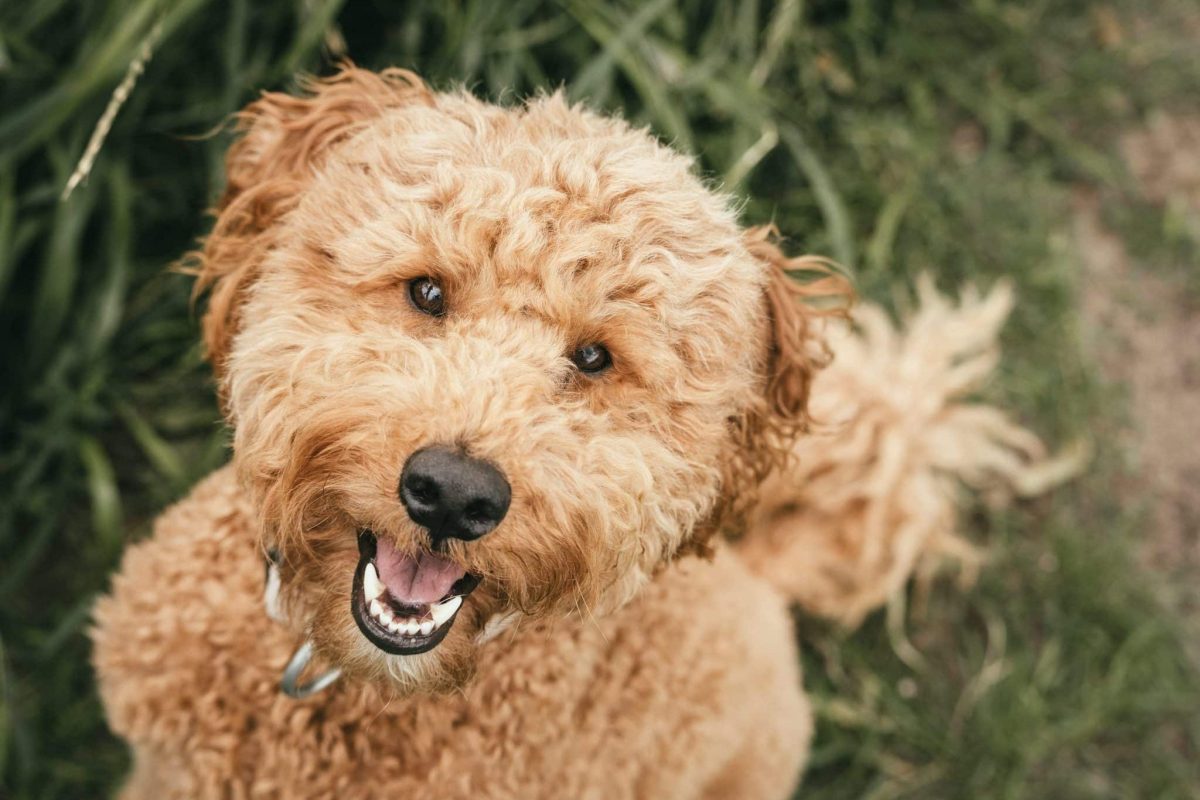
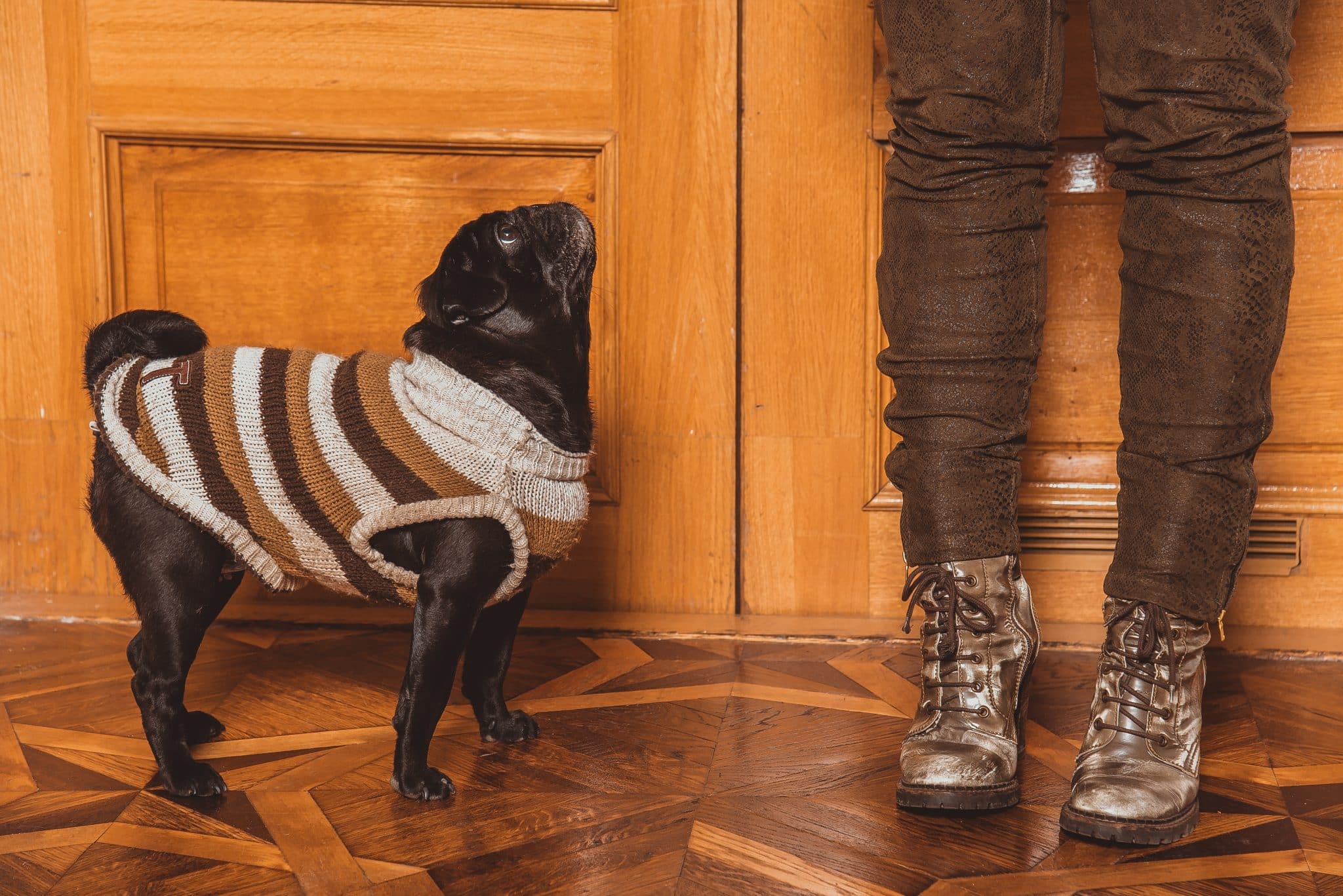
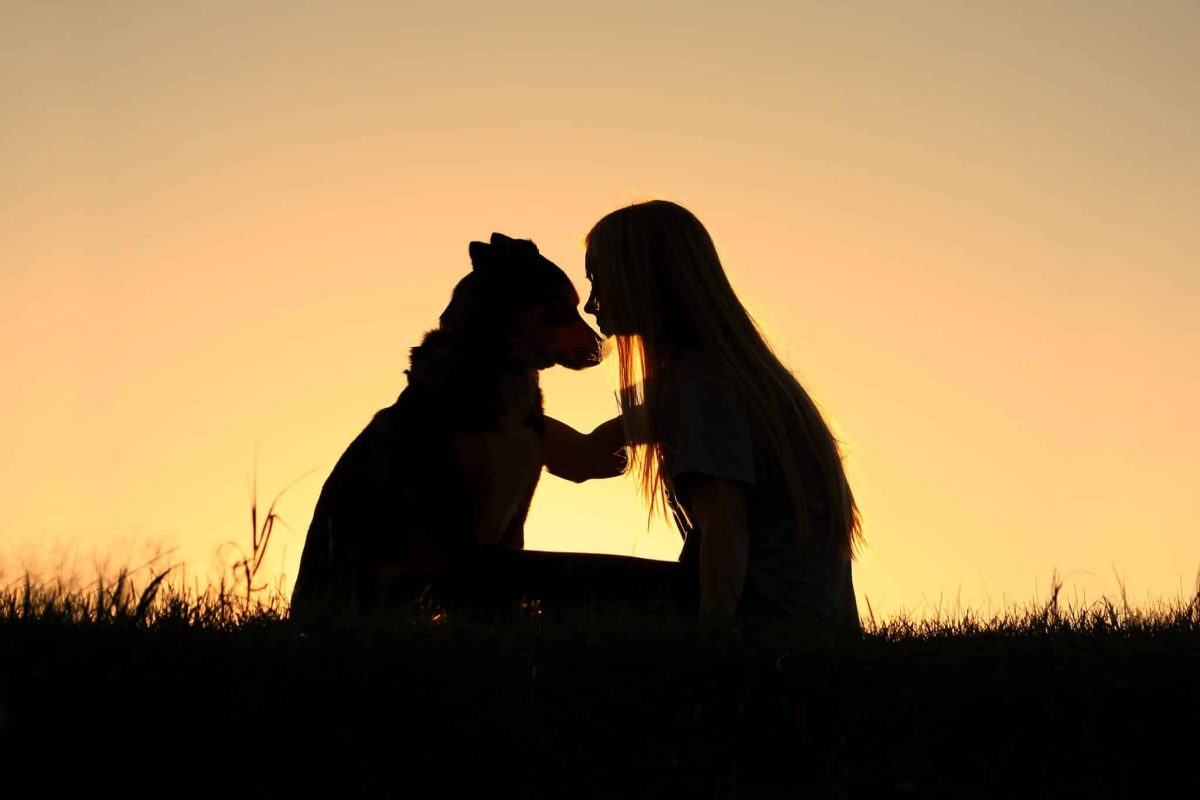

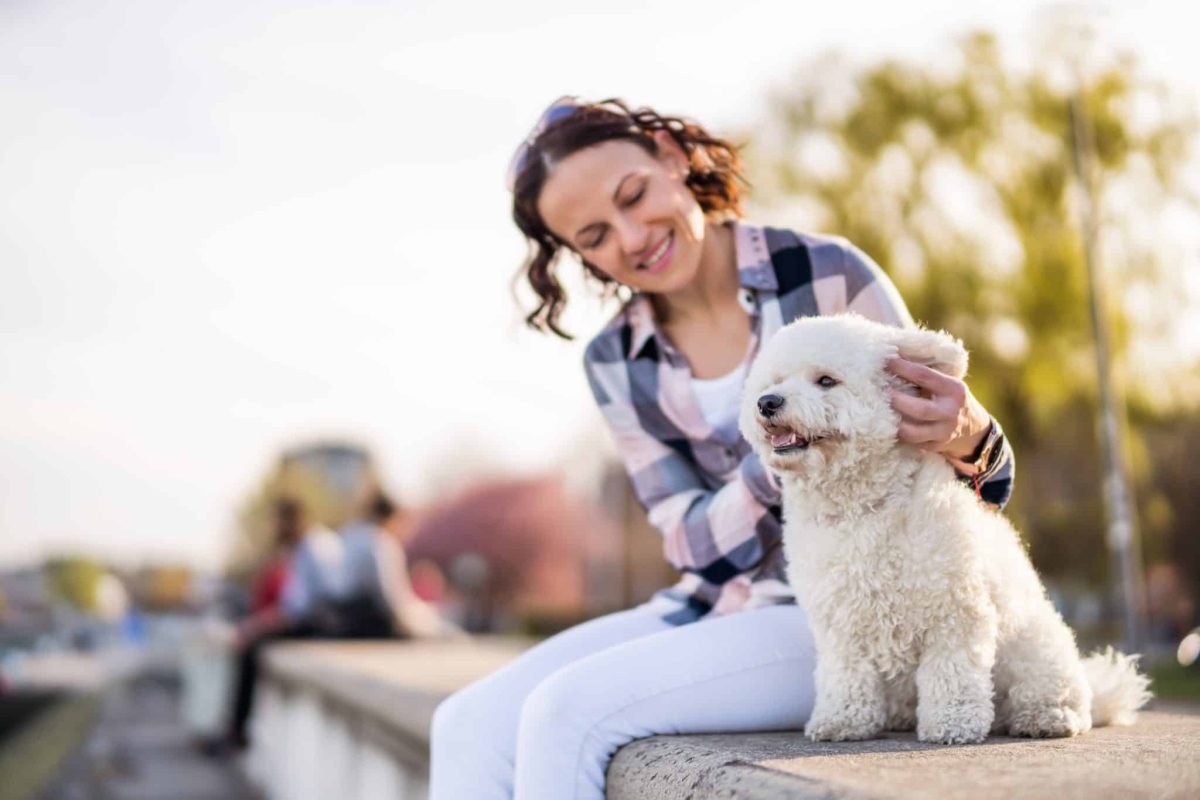
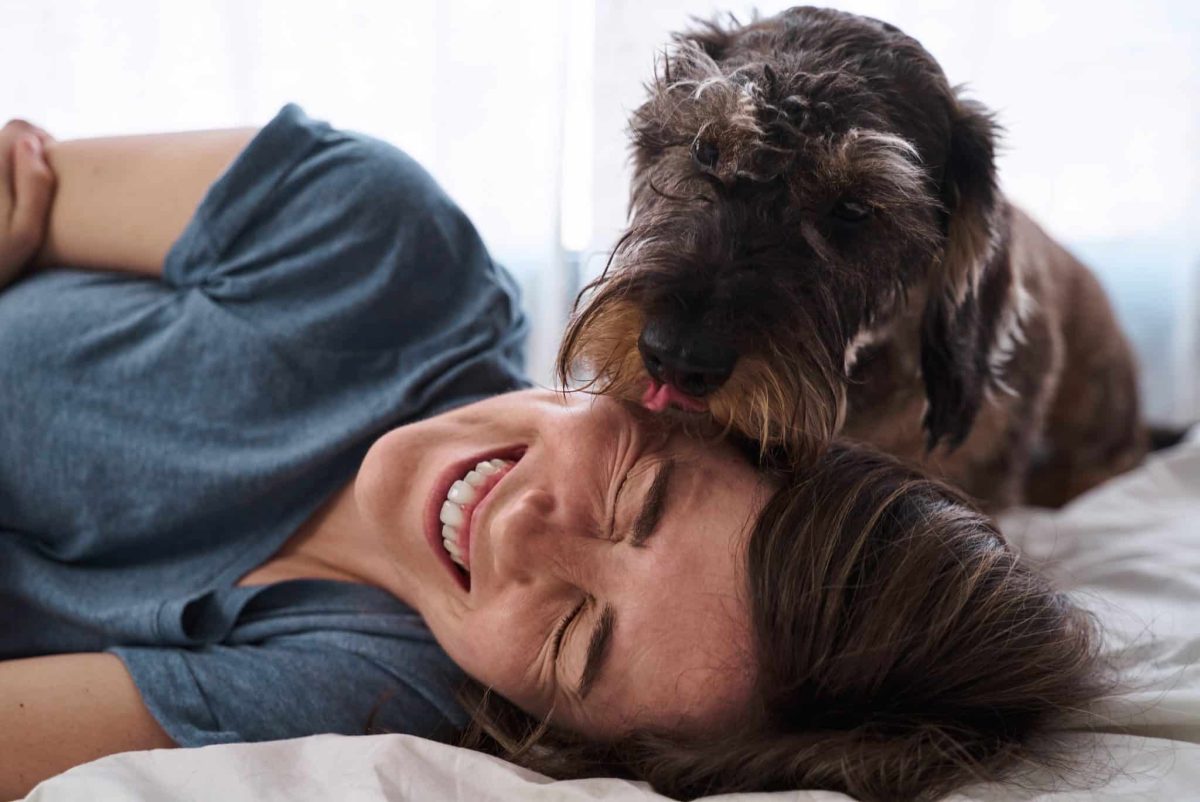

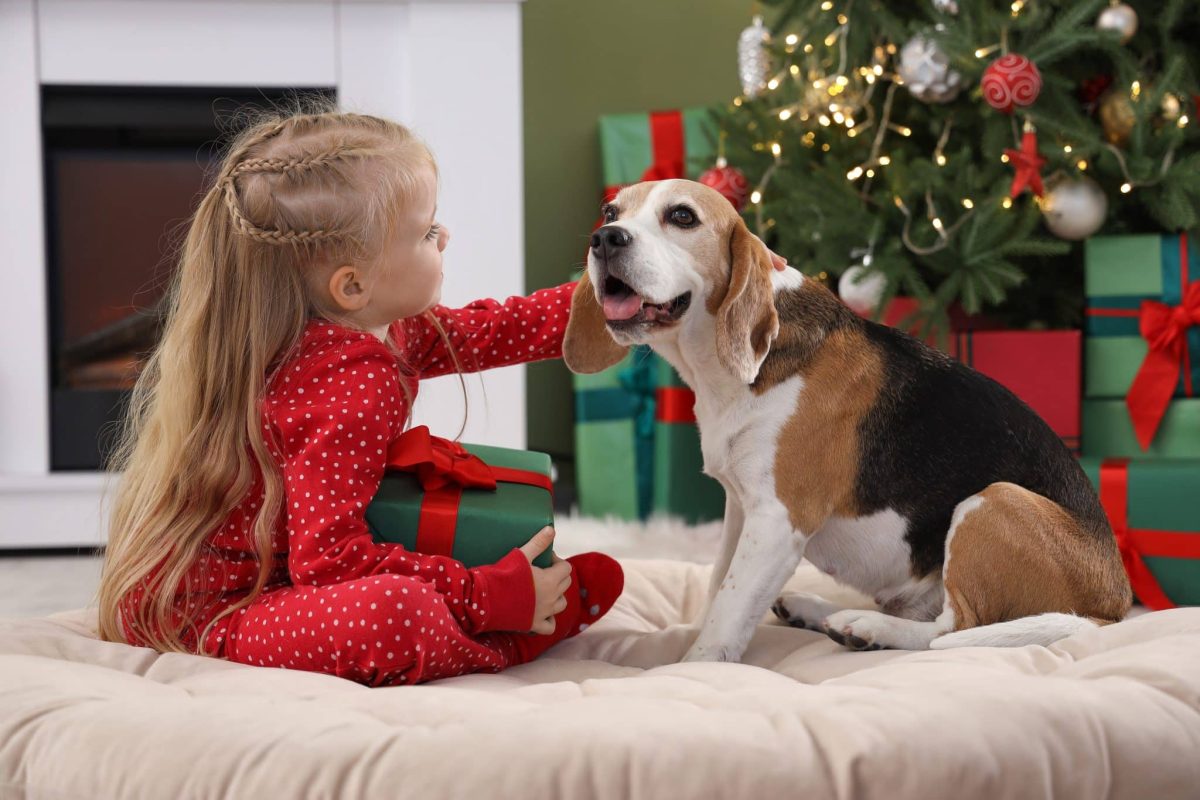
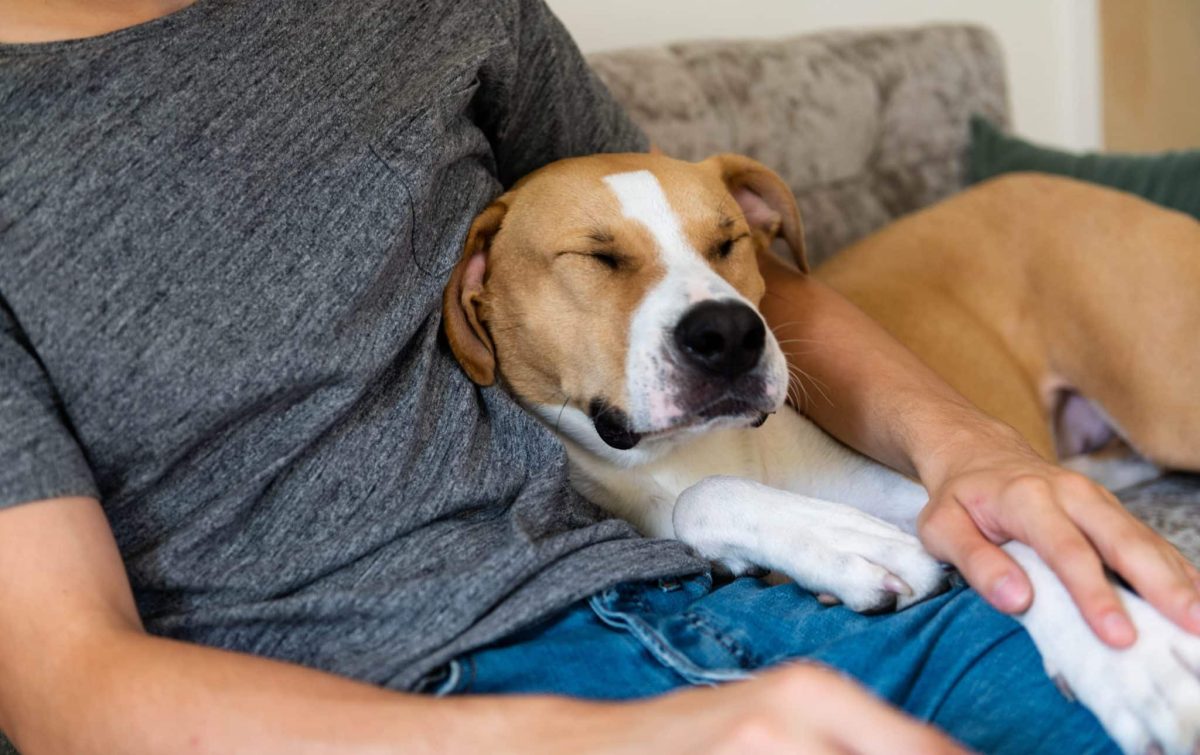

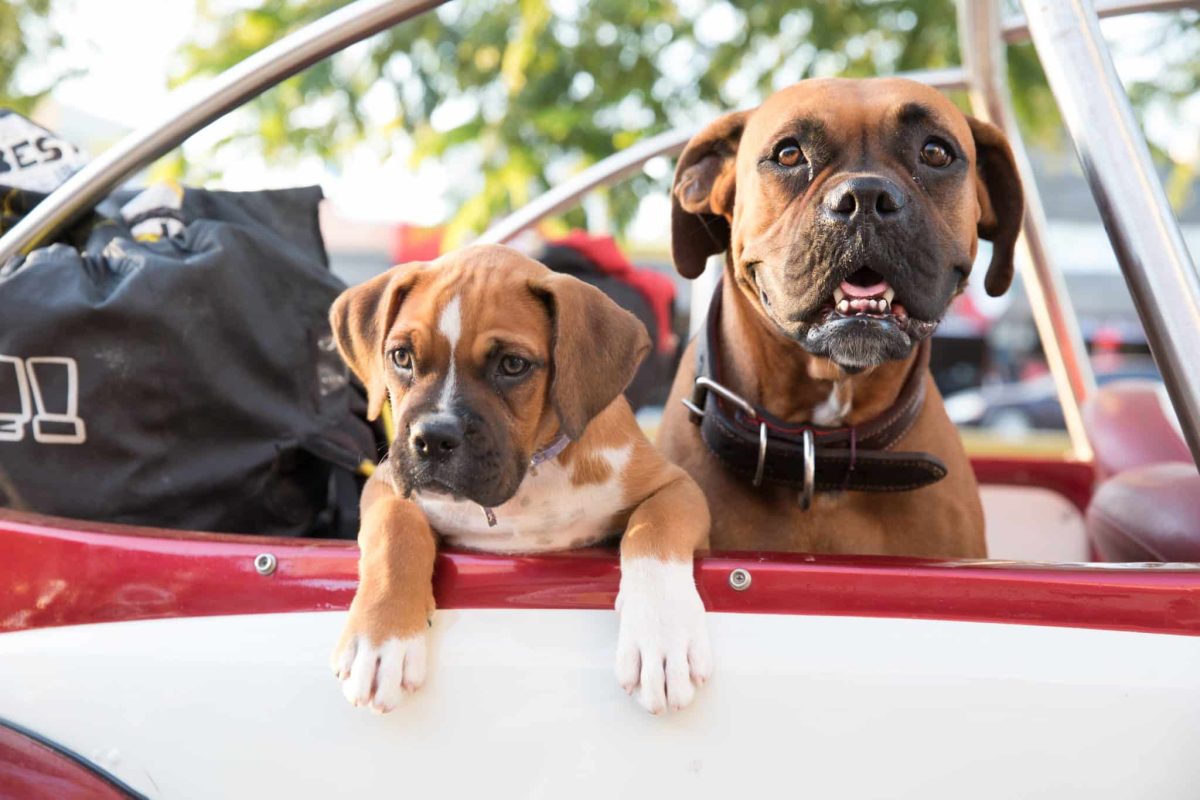

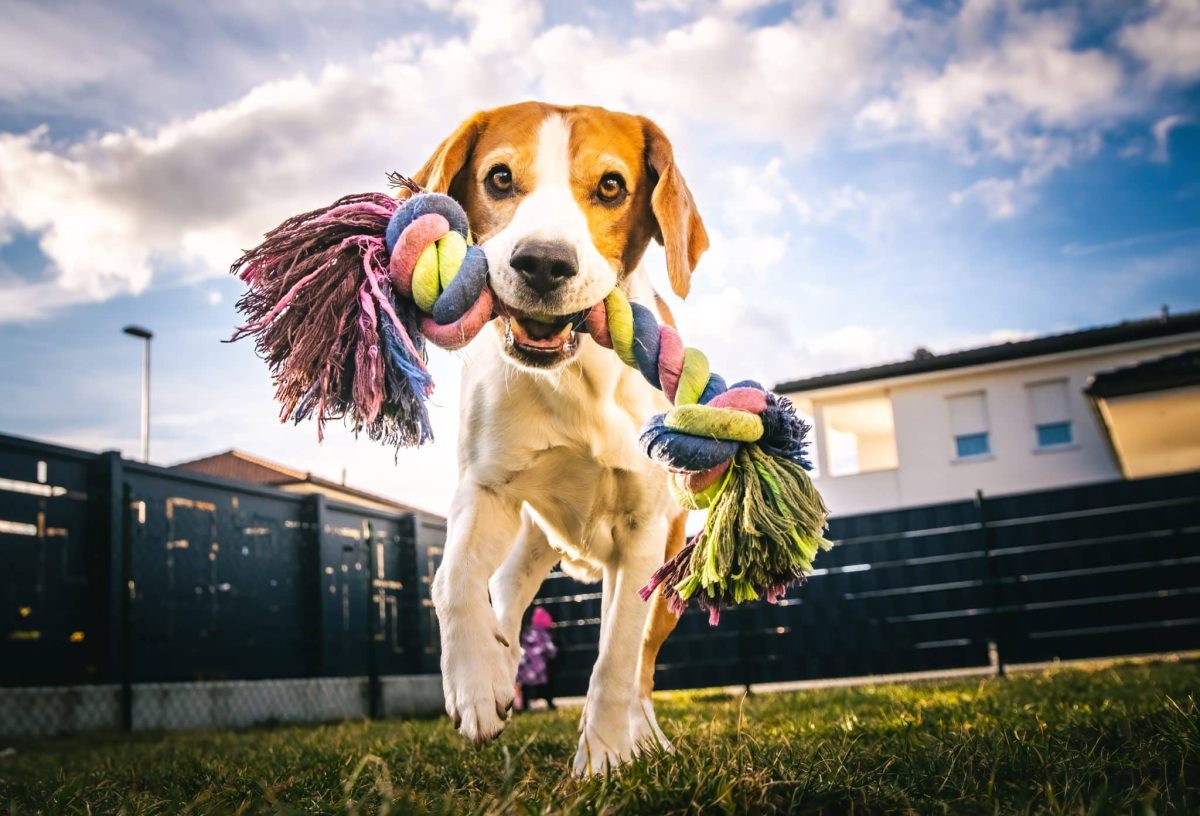
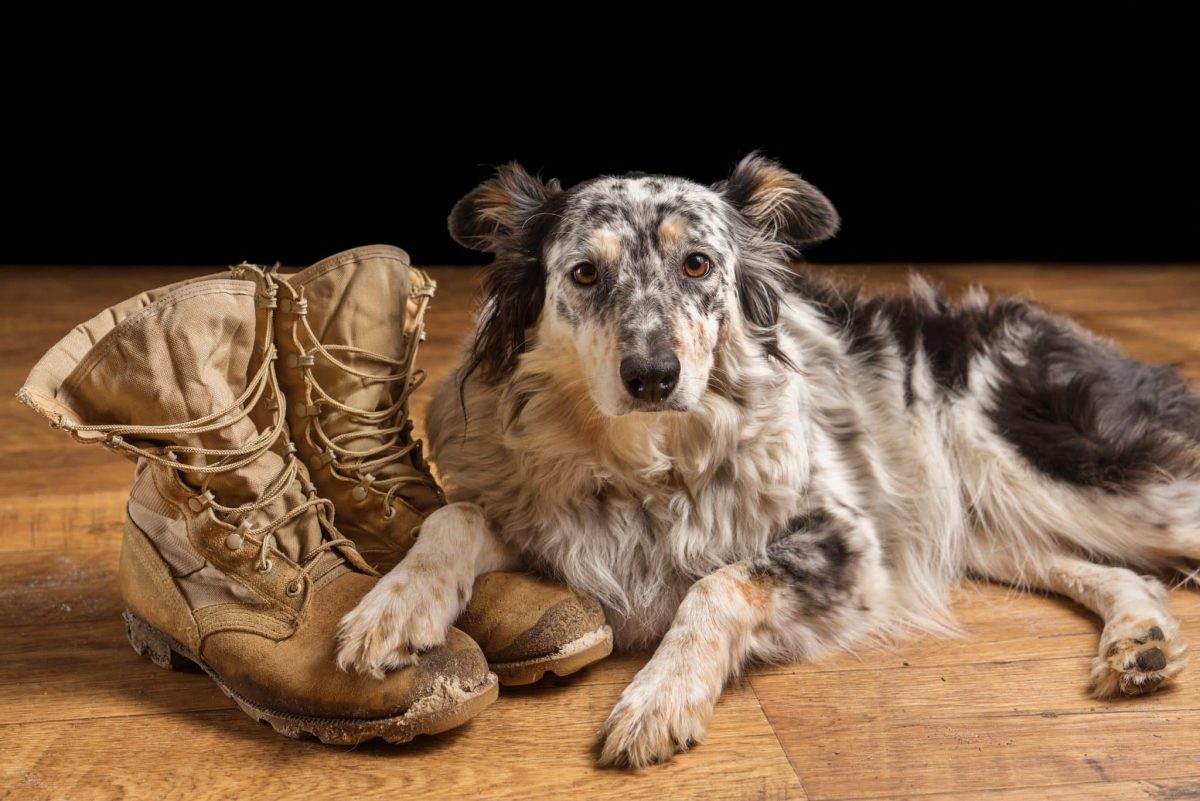


 English (US) ·
English (US) ·